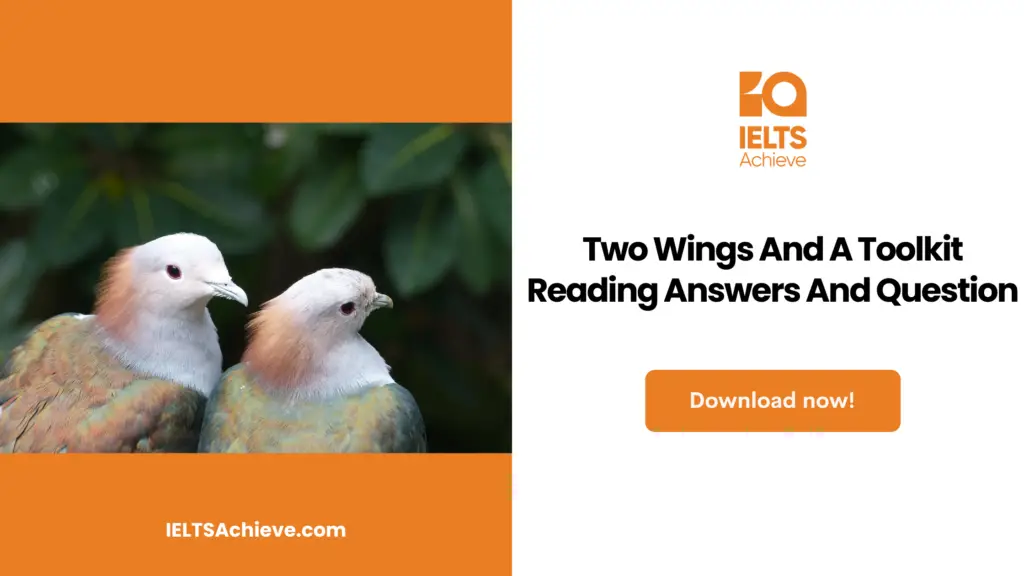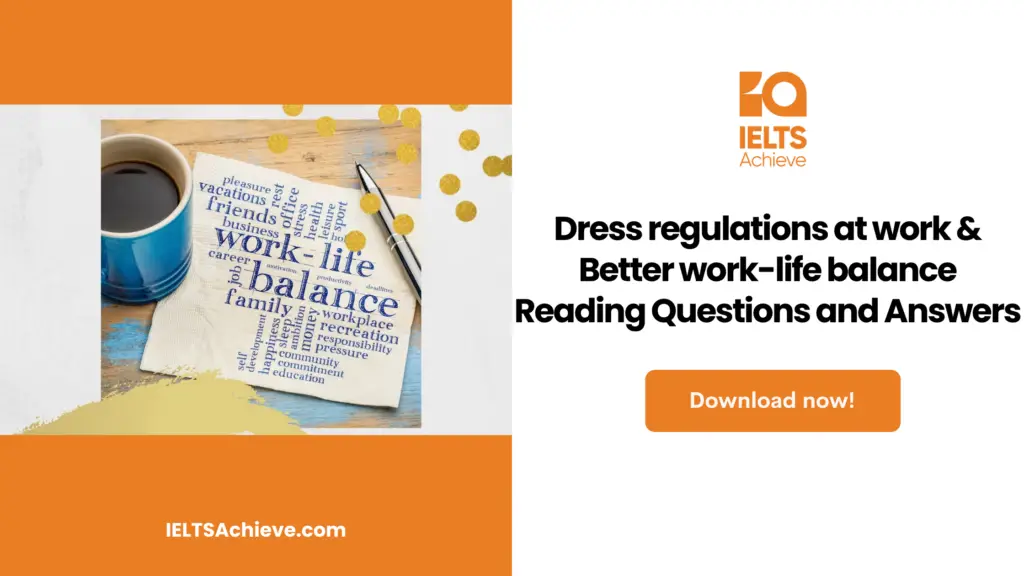The Blog post contains the following IELTS Reading Questions:
- IELTS Reading True, false, or not given.
- IELTS Reading Short answers question.
- IELTS Reading Multiple choice questions.
Stay informed and prepared for success – Explore our comprehensive Reading Test Info page to get valuable insights, exam format details, and expert tips for mastering the IELTS Reading section.
IELTS Reading Passage – Sampling Bias

Sampling Bias
Our primitive ancestors left many paintings on the walls inside caves. Additionally, inside and near these places there is evidence of re pits, and refuse and burial sites. However, one could equally imagine this same evidence of daily life on exposed cliffs or hillsides, on trees or animal skins, and beside rivers and coastlines. Such evidence, if it existed, would have long been washed, eroded, or rotted away. Thus, prehistoric people are characterized as ‘cavemen’, presumed to have a predilection for dwelling in these places only because that is where most evidence is taken. This ‘caveman effect’ is an example of what is known as ‘sampling bias’ — one of the biggest problems when conducting any form of statistical data gathering.
Surveys, for example, are popular because they are easy to administer and relatively costeffective, particularly if conducted remotely through technical means, such as telephone, mail, email, or the Internet. Surveys also lend themselves to obtaining particularly large numbers of respondents, which, in theory, allows a greater chance of sampling all the variations of the target population. They can also be standardised with xed questions and responses (such as ‘tick the box’ or ‘closed-ended’ questions). This allows easy collation, analysis, and presentation of results, all with the air of precision that mathematics brings. Such surveys, however, have proven notoriously unreliable because of the difculty in obtaining representative samples. In other words, the sampling is biased, or skewed in favour of certain outcomes.Let us look at some examples. If one calls people on cellphones, it immediately excludes those who favour landlines, and thus the sample of respondents may be those who are more technically-conversant, skewing data based on, say, technical issues (‘How often do you use the Internet?’). If one rings domestic homes during the daytime, most of those who work during the day will be excluded. Those that answer will more likely be the unemployed, disabled, elderly, and retired, skewing data based on, say, work-related issues (‘How important is work in your life?’).
No matter how large the sampling size is, sampling bias can immediately invalidate the results. One of the more subtle of sampling biases is known as self-selection. No matter how rigorously the respondents are chosen to be random and characteristic of the target population, those who choose to respond will be different to those who do not. Generally, respondents who are willing to invest time in giving answers obviously want to say something, whereas those who choose not to answer probably do not. Thus, any survey in which many respondents do not answer, do not give clear answers, or only give cursory or unthinking answers, is immediately invalidated, since opinionated perspectives are disproportionately represented.The latter is such an immediate and obvious problem that it has given rise to techniques to maximise the possibility of garnering responses. One of the more effective is to give the respondents advanced warning (often through the mail), highlighting the time, the nature of the survey, and the mode of delivery, as well as expressing appreciation for the assistance. The interviewers themselves must be sufficiently trained in correct question-asking techniques, and, with cranks, salespeople, and scam-artists abounding, interviewers must provide introductions about themselves, their company, and the nature of the interview, fully and with evident sincerity, in order to gain the trust of those they are talking to.
Even with this, sampling bias can easily arise due to the number of variables in place, since it only takes one to skew the data. If taking samples from a specic location — say, a street corner—then it may be that this location is in the business district, excluding ordinary workers from the sample. It may be that it is near a restaurant district, excluding those who cook more often for themselves. If there is a health club nearby, the majority of respondents may be much healthier than the average of the population. If it is on a university campus, designed to poll university students, is it near the engineering or the arts faculty? The part-time or full-time schools?
Are they rich or poor? Male or female? What about race, colour, gender, religion, socio-economic background, and first language? The list goes on and on. One method to deal with this is to make sure all targeted groups are represented, if only a little, and make mathematical extrapolations to correct the bias. For this to work, the degree of underrepresentation needs to be quantied exactly, and one needs to assume the underrepresented respondents are indeed typical of their kind. If, for example, one aims to nd the opinion of the population regarding the outcome of an election, but could only, for whatever reasons, interview one woman for every four men, the responses of the women could be multiplied by four, and thus, one can assume (guardedly and with many provisos), that the sampling bias from gender has been corrected. But that does assume all the other variables which introduce bias have been excluded — often a very problematic assumption to make.
Unlock your full potential in the IELTS Reading section – Visit our IELTS Reading Practice Question Answer page now!
Recommended Questions:
Renewable Energy IELTS Reading Question with Answer
Sampling Bias Reading Questions
Questions 1-5
Write an answer in boxes from 1-5 by using:
True: if the statement matches with the writer’s point of view
False: if the opinion of the writer contradicts the statement
Not Given: if there is no information about the statement
1. Cavemen were often very good artists.
2. Surveys can be done cheaply by telephone.
3. Surveys can usually give reliable information.
4. The elderly and disabled people are often at home during the day.
5. Larger survey samples can reduce sampling bias.
Enhance your skills in identifying information as True, False, or Not Given. Click here to discover expert strategies and techniques for mastering this question type in the IELTS Reading section.
Questions from 6-11
Write answers using no more than two words in the answer box given from 6-116
6.________ Sampling bias
7. _____ are over-represented
8.need to _____ number of responses.
9. ensure interviewers are ________
10.give complete and honest ___
11.to build ___
Questions from 12-13:
Choose the best suitable answer from the options given below each statement. Write the answer in the box from 12-13
12.The number of sampling variables
a. is usually not so large.
b. can result in important input being lost.
c. means many locations need to be used.
d. can result in lists being necessary.
13. Mathematical extrapolation
a. can yield confident results.
b. requires responses from both men and women.
c. needs exact ratios.
d. needs many respondents.
Ready to improve your performance in Multiple Choice Questions (MCQs)? Click here to access our comprehensive guide on how to tackle MCQs effectively in the IELTS Reading section.
Unlock your full potential in the IELTS Reading section – Visit our IELTS Reading Practice Question Answer page now!
Recommended Questions:
Renewable Energy IELTS Reading Question with Answer
Sampling Bias Reading Answers
1. Answer: Not given
2. Answer: True
3. Answer: False
4.Answer: True
5.Answer: False
6. Answer: Self- selection
7. Answer: Opinionated perspectives
8. Answer: Maximize (the)
9. Answer: Sufficiently trained
10. Answer: Introduction
11. Answer: Trust
12. Answer: B
13. Answer: C

We hope you found this post useful in helping you to study for the IELTS Test. If you have any questions please let us know in the comments below or on the Facebook page.
The best way to keep up to date with posts like this is to like us on Facebook, then follow us on Instagram and Pinterest. If you need help preparing for the IELTS Test, join the IELTS Achieve Academy and see how we can assist you to achieve your desired band score. We offer an essay correction service, mock exams and online courses.

